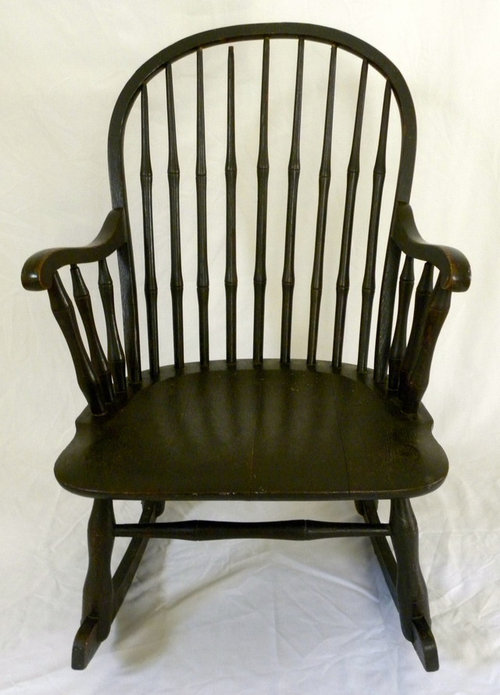Need Help Identifying Child's Rocker
vistavino
10 years ago
Related Stories

STANDARD MEASUREMENTSThe Right Dimensions for Your Porch
Depth, width, proportion and detailing all contribute to the comfort and functionality of this transitional space
Full Story
KIDS’ SPACESSingle Design Moves That Can Transform a Child’s Room
Your children are unique and special. Why not give them a room to match?
Full Story
DECLUTTERINGDownsizing Help: How to Edit Your Belongings
Learn what to take and what to toss if you're moving to a smaller home
Full Story
ORGANIZINGHelp for Whittling Down the Photo Pile
Consider these 6 points your personal pare-down assistant, making organizing your photo collection easier
Full Story
LIFEDecluttering — How to Get the Help You Need
Don't worry if you can't shed stuff and organize alone; help is at your disposal
Full Story
DECLUTTERINGDownsizing Help: Choosing What Furniture to Leave Behind
What to take, what to buy, how to make your favorite furniture fit ... get some answers from a homeowner who scaled way down
Full Story
SELLING YOUR HOUSEHelp for Selling Your Home Faster — and Maybe for More
Prep your home properly before you put it on the market. Learn what tasks are worth the money and the best pros for the jobs
Full Story
MOVINGRelocating Help: 8 Tips for a Happier Long-Distance Move
Trash bags, houseplants and a good cry all have their role when it comes to this major life change
Full Story
SELLING YOUR HOUSE5 Savvy Fixes to Help Your Home Sell
Get the maximum return on your spruce-up dollars by putting your money in the areas buyers care most about
Full Story
HOME TECHAll Is Not Lost: New Gadgets Help You Find Your Stuff
If you lose it when you lose things around the house (and who doesn't?), one of these wireless finders may be to your gain
Full Story










lazy_gardens
vistavinoOriginal Author
Related Professionals
Brooklyn Furniture & Accessories · St. Louis Furniture & Accessories · Fairhaven Painters · Glendora Painters · Hartselle Painters · Lansing Painters · Naples Painters · Petaluma Painters · Richmond Painters · Ridgeland Painters · Chambersburg Furniture & Accessories · Tampa Furniture & Accessories · Fort Carson Furniture & Accessories · Fountain Furniture & Accessories · Carson Furniture & Accessorieschibimimi
vistavinoOriginal Author
vistavinoOriginal Author
vistavinoOriginal Author
vistavinoOriginal Author
novemie
vistavinoOriginal Author